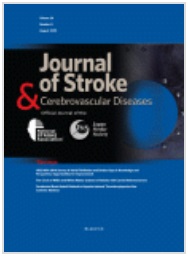Background
Attempts to clarify mechanisms of early brain injury in subarachnoid hemorrhage (SAH) revealed a high-mobility group box 1 (HMGB1) protein involvement in sterile inflammation initiated by aneurysm rupture. This study aims at assessing the prognostic value of HMGB1 in comparison with traditional biomarkers.
Methods
Ten patients with Fisher grade 4 SAH and acute hydrocephalus underwent endovascular coiling and ventriculostomy. HMGB1 level was measured in cerebrospinal fluid (CSF) samples collected on first, fifth, and 10th day. HMGB1 level in first sample was correlated with treatment outcome assessed in Glasgow outcome scale (GOS) at 3 months. Obtained results were compared with plasma inflammatory markers, clinical grading scales, and imaging grading scales. HMGB1 level in consecutive samples was analyzed in search of concentration trends correlating with patients' outcome.
Results
HMGB1 level in CSF of SAH patients, in contrast to control group, is significantly elevated (P < .001). Good (GOS > 3) and poor (GOS ≤ 3) outcome patients differ significantly in HMGB1 level on admission (P < .01). The strongest correlation to patients' outcome was found for Hunt and Hess scale (R = −.887, P < .01), HMGB1 level (R = −.859, P < .01), and World Federation of Neurological Surgeons scale (R = −.832, P < .01). Constant and high HMGB1 level of 10 ng/mL or more in consecutive CSF samples identifies nonsurvivors.
Conclusions
HMGB1 protein is elevated in SAH patients. Changes in the concentration of HMGB1 in consecutive samples of the CSF correlate with outcome. Our results encourage further proteomic investigation.

